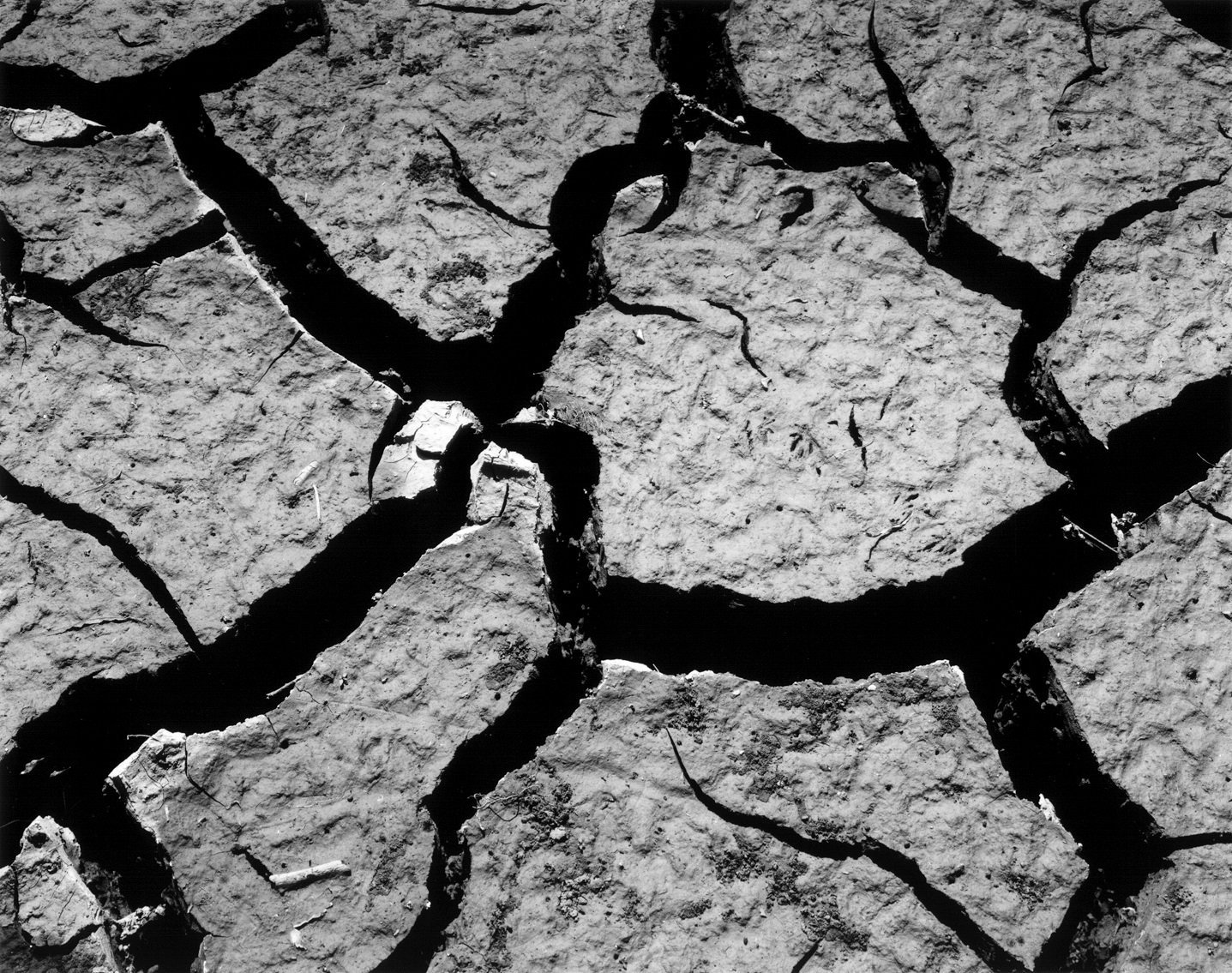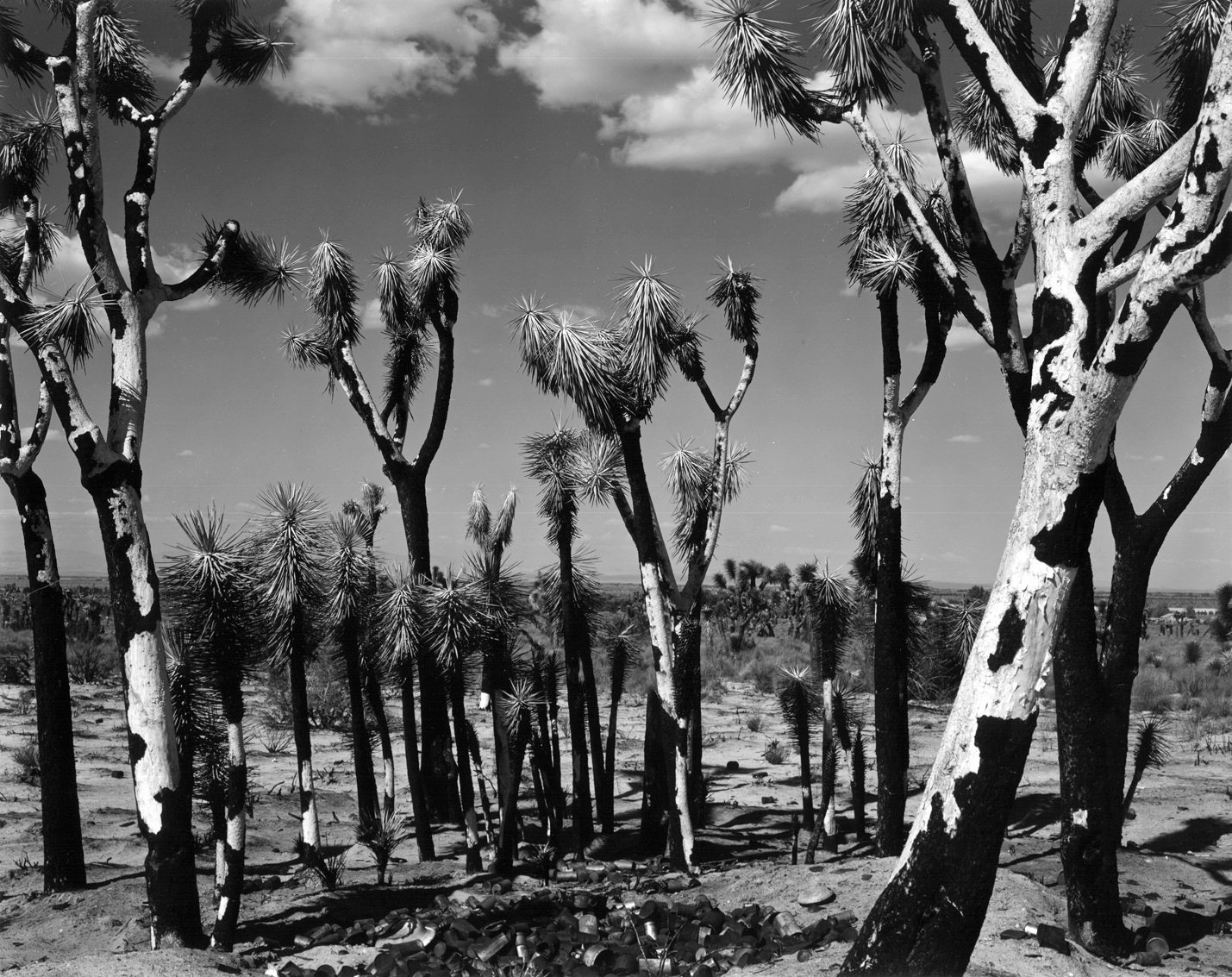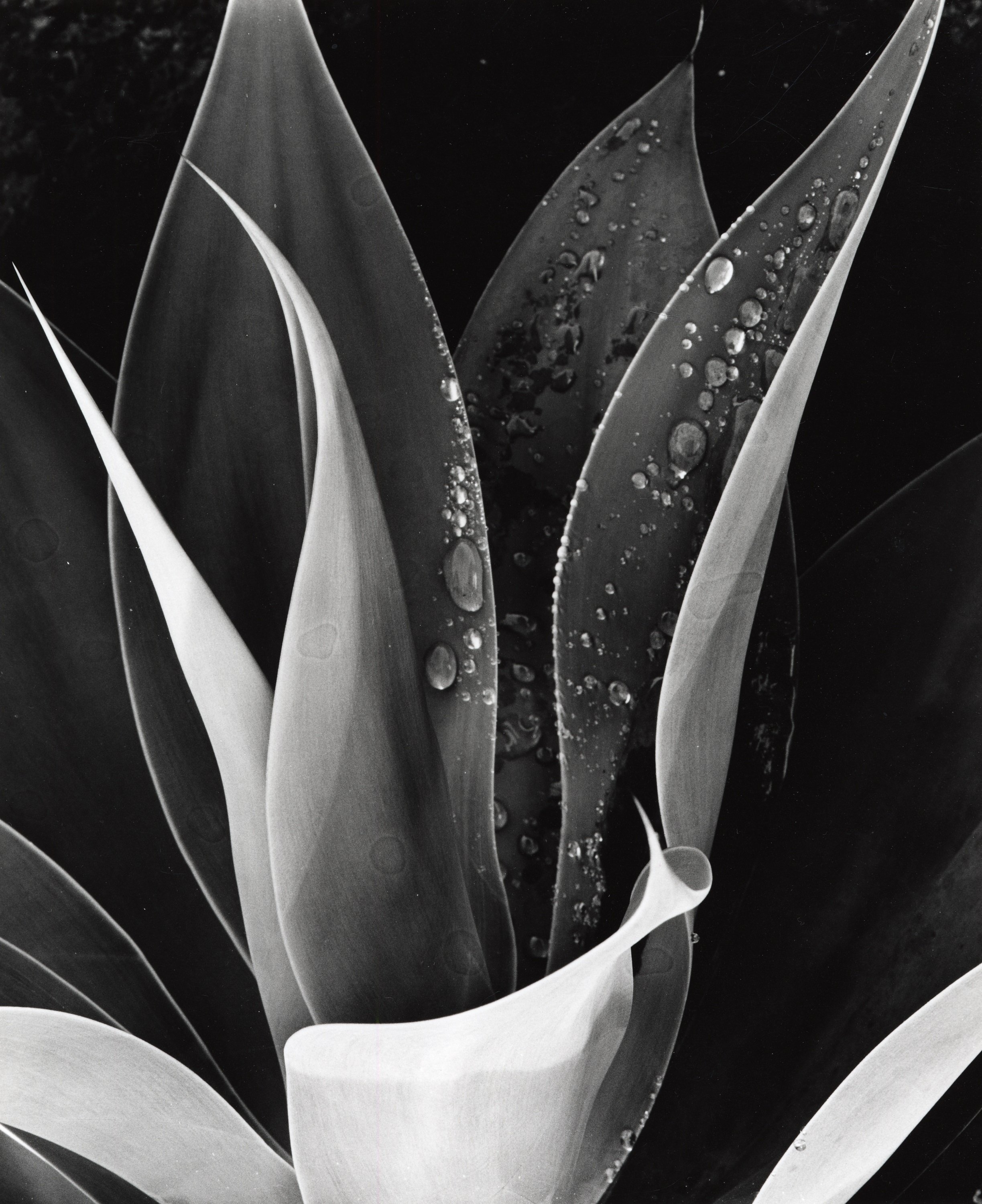‘Brett Weston’ Review: Images of Mystery
Installation view of ‘Brett Weston’ at the San José Museum of ArtPHOTO: J. ARNOLD /SAN JOSE MUSEUM OF ART
One of the KVG artists known for his West Coast landscapes and almost abstract close-ups of nature, Brett Weston, has an exhibition in the San José Museum of Art with 51 black-and-white prints.
You can tell what some of his photographs are pictures of, but the 51 black-and-white prints in the “Brett Weston” exhibition at the San José Museum of Art show the photographer to be a 20th-century high modernist, more taken with abstraction than with representation. He was born to it. Brett Weston (1911-1993) was the second son of Edward Weston (1886-1958), the great West Coast photographer associated with Group f/64; when Brett was 13 years old, Edward took him out of school and brought him to Mexico, where he apprenticed and lived with his father and (the overrated) Tina Modotti. He got to know Frida Kahlo, Diego Rivera, José Clemente Orozco and other modernist artists, and began photographing with a small 3¼-by-4¼ Graflex camera given to him by his father. At 17 he had work in the international Film und Foto exhibition in Berlin and at 21 he had a one-man exhibition at San Francisco’s de Young Museum.
The current exhibition was organized by Rory Padeken, former curator at SMJA, with Susan Sayre Batton, its executive director, and Nidhi Gandhi, a curatorial associate. All the prints are now part of the museum’s permanent holdings thanks to a donation of 50 of them by the Christian Keesee Collection, which holds most of Weston’s estate; Mr. Padeken and Ms. Batton worked with Mr. Keesee to select a coherent body of work for the donation. The earliest picture in the show is “Worm Tracks, California” (1937), whose subject would be unknowable without its label. The print is a modest 10-by-8 inches, the ground is recognizable as wood because of its grain—but how many people know enough helminthology to identify the pattern of black squiggles as worm tracks? Such ignorance, however, doesn’t keep one from appreciating how artfully they’re presented.
Many of the pictures from the 1950s and ’60s have nature as their source but are more about design than scientific specimens. “Abstraction, Cactus Detail, Baja” (1964) is a close-up, but because it is impossible to guess its scale, it could as easily be taken for an aerial picture of rice paddies. The “Dead Succulent, Baja California” (1964) is recognizably organic, a series of long, thin leaves fanning out slightly, but it is mostly the play of light on the dry leaves that seems to interest the photographer. “Kelp, Baja California” (1967) features a black, bulbous shape connected to black tubing; it might be some sort of exotic plumbing device rather than anything biological.
By William Meyers, Sept. 7, 2022, WSJ
Kate Vass Gallery is happy to represent Brett Weston in Europe. His available works can be found HERE!





